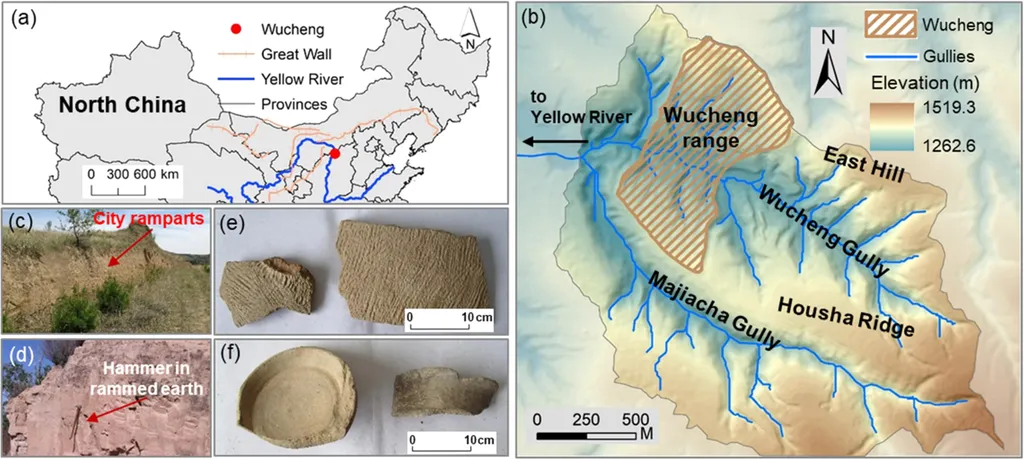In the heart of China’s Loess Plateau, where infrastructure projects often face the challenge of limited flat land, engineers have turned to filling gullies and leveling land to create stable foundations. However, with the increasing frequency of extreme rainfall events, the stability of these loess fill slopes has become a critical concern for the safety of engineering structures and public security. New research published in *Advances in Civil Engineering* (translated from Chinese as *Advances in Civil Engineering*) sheds light on the failure mechanisms of these slopes under intermittent rainfall, offering valuable insights for the energy sector and other industries.
Dr. Jinlian Ma, a researcher at the Lanzhou Institute of Seismology, led a study that employed indoor physical model testing to investigate the behavior of loess fill slopes during rainfall. The experiments monitored changes in soil pressure, pore water pressure, and displacement within the slope, alongside observations of crack development. The findings reveal a complex interplay of factors that contribute to slope instability.
“Rainwater infiltration, erosion, soaking, and wet–dry cycles all play a role in the failure of loess fill slopes,” Dr. Ma explained. The study found that the evolution of soil pressure and pore water pressure is significantly impacted by the form and pattern of rainfall. Around the 10th hour of rainfall, bulging at the slope toe and minor deformation were observed. By the 25th hour, sharp fluctuations and peak values appeared in both soil and pore pressures, accompanied by a sudden displacement increase of approximately 25 millimeters, signaling large-scale slope sliding.
The research also highlighted the sequence of crack development during intermittent rainfall: surface erosion and expansion, crack initiation and soaking-induced softening at the slope toe, crack propagation and interconnection, and ultimately progressive tensile failure extending from the slope toe to the crest. The drying period between rainfall events facilitates the expansion and extension of cracks, which subsequently serve as preferential seepage pathways during further rainfall, accelerating water infiltration and triggering slope instability.
For the energy sector, these findings are particularly relevant. Infrastructure projects such as pipelines, power lines, and renewable energy installations often traverse regions with loess fill slopes. Understanding the failure mechanisms of these slopes can help in the design of support systems and drainage infrastructure, ensuring the safety and longevity of these critical assets.
Dr. Ma’s research offers practical insights for early-warning systems, hazard prediction, and disaster risk reduction strategies. By incorporating these findings into their projects, energy companies can mitigate risks and enhance the resilience of their infrastructure.
As the frequency of extreme weather events continues to rise, the need for robust and adaptive engineering solutions becomes ever more pressing. This study not only advances our understanding of loess fill slope stability but also provides a foundation for future research and development in this critical area. For professionals in the construction and energy sectors, the insights gained from this research are invaluable, offering a pathway to safer and more sustainable infrastructure development.

